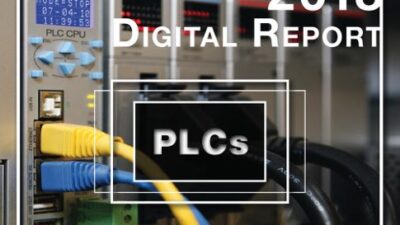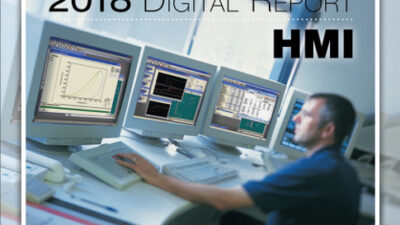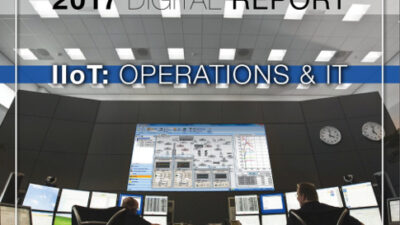$5 DVD on electrical safety; 0 accident 2-seat GM-Segway (see GM photo, link to Segway video); $1.3 million for EPRI Smart Grid work; 3 universities help with new battery institute; more.
GM and Segway are developing an electrically powered, two-seat prototype vehicle that has only two wheels. They call it P.U.M.A. (Personal Urban Mobility and Accessibility). Read more about PUMA from GM . Source: www.gm.com
Among recent numbers of interest to those involved in engineering are: $5 DVD on electrical safety; 0 accident 2-seat GM-Segway? $1.3 million for EPRI Smart Grid work; 3 universities help with new battery institute; and more. Add your numbers using the TalkBack function at the bottom of the page. $5 is the per DVD price for the Never Assume Safety Series with 25 workplace safety blooklets. Electrical Safety Foundation International is at www.electrical-safety.org. May is National Electrical Safety Month. www.esfi.org/cms/files/ESFI%20Order%20Form%20’09%20.pdf 0 is number of airbags or seatbelts needed in the GM/Segway PUMA project vehicle, since it would automatically avoid crashes. PUMA, a two-wheeled, two-seater evolution of the Segway Personal Transport, stands for Personal Urban Mobility and Accessiblity project. The prototype vehicle integrates a lithium-ion battery, digital smart energy management, two-wheel balancing, dual electric wheel motors, and a dockable user interface that allows off-board connectivity. www.segway.com/puma provides video . www.gm.com 100 mpg is the claim from Raser Technologies about project demonstrating 100 mpg for a 4-wheel-drive sports utility vehical, a Hummer. Company touts low cost, high torque ac induction pancake motors without permanent magnet materials and high efficiency controller technology based on propriety algorithms and simplified, innovative design. www.rasertech.com 7.4 cases of work-related injury or illness per 100 full-time food manufacturing workers, exceeded the rate of 4.4 cases for the private sector as a whole, in 2009, according to the “Food Manufacturing” entry in the 2008-09 Occupational Outlook from Bureau fo Labor Statistics, U.S. Department of Labor. “In some highly automated plants, hands-on manual work has been replaced by computers and factory automation, resulting in less waste and higher productivity…. automation is increasingly being applied to various functions, including inventory management, product movement, and quality control issues such as packing and inspection,” U.S. government says. www.bls.gov/oco/cg/cgs011.htm 4+1. The Commonwealth of Kentucky, and the University of Kentucky (UK) and University of Louisville (U of L) are partnering with Argonne National Laboratory to establish a national Battery Manufacturing R&D Center, they announced last month. In December 2008, National Alliance for Advanced Transportation Battery Cell Manufacture was announced when Argonne National Laboratory joined 14 battery manufacturers in efforts to improve competitiveness of the U.S. battery industry. www.transportation.anl.gov $1.3 million contract, announced April 8, goes to Electric Power Research Institute (EPRI) to develop an interim roadmap that has consensus support of utility industry, independent system operators, manufacturers, standards development organizations, state regulators and consumer representatives. EPRI was selected by the National Institute of Standards and Technology (NIST), part of the Department of Commerce, to facilitate development of a smart grid interoperability roadmap for the electricity sector to modernize the transmission and distribution system. Related standards are expected to help with nationwide deployment of a more resilient, reliable and responsive Smart Grid. www.epri.com , www.nist.gov 2 points related to peanut scare from The National Food Lab Tech Center: 1) Because microbes adapt, there will be new threats, so systems need to anticipate and mitigate human damage. 2) Certificates of Analysis (COA), used to determine the quality and characteristics of ingredients and finished products in commerce, do not do any good if inaccurate, falsified or ignored. TheNFL recommends verifying quality of incoming ingredients and finished products. “Some astute companies have already begun product safety verification through appropriate sampling programs designed to enhance existing strategies,” they say at www.thenfl.com . 15 May is the deadline for nominations for two awards from the IEEE Council on Electronic Design Automation, both relating to advances in electronic design automation. Learn more at www.c-eda.org . 11:59 p.m. is when an event should end, NIST says (a minute before midnight), to avoid ambiguity when using a a 12-hour clock. “Specify an event as beginning at 1201 a.m. or ending at 1159 p.m., for example; this method is used by the railroads and airlines for schedules, and is often found on legal papers such as contracts and insurance policies.” Also, 12 a.m. and 12 p.m. are incorrect and should not be used since “a.m.” and “p.m.” are abbreviations for “ante meridiem” and “post meridiem,” meaning “before noon” and “after noon,” respectively. https://tf.nist.gov/general/misc.htm#Anchor-57026 -Edited by Mark T. Hoske, Control Engineering editor in chief; Register here .


